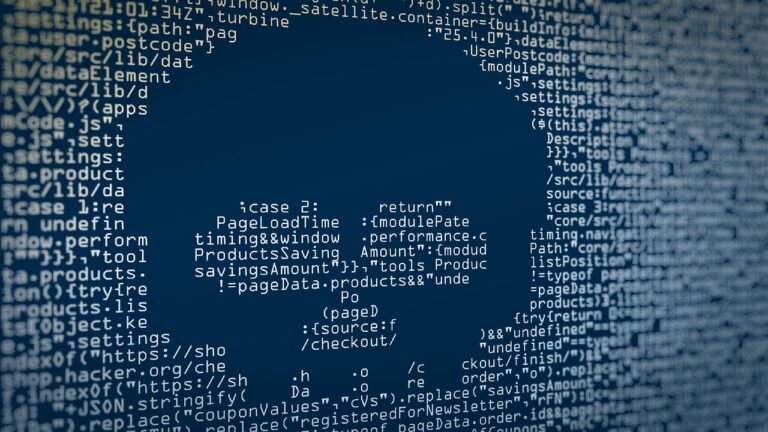If you have a WordPress website, security should be an absolute priority. However, even with the best security practices, it’s possible for your site to be compromised by malware at some point. Therefore, identifying and removing malware quickly is essential to avoid damage to your website and online reputation. In this guide, we will detail how you can identify signs of malware on your WordPress site and offer practical solutions for removing these threats.
Signs of Malware Infection on WordPress Sites
Before addressing malware removal solutions, it’s important to know how to identify signs of infection on your site. Here are some common signs that your WordPress site may be infected with malware:
Unauthorized Redirects: If visitors to your site are being redirected to unrelated or spam pages, it’s certainly a clear sign that your site may be compromised. Inclusion of Suspicious Links: If you notice strange or suspicious links in your content, especially if they are to low-reputation sites, your site may have been compromised. Unauthorized Changes to Content: If unauthorized or unwanted content, such as ads, pop-ups, or strange text, appear on your site, it’s likely that it has been infected with malware. Browser Security Alerts: If your visitors’ browsers are displaying security alerts when accessing your site, this may indicate the presence of malware. Slow Site Performance: If your WordPress site is experiencing slower performance than usual, this could be caused by malware consuming server resources. Removing Malware from Your WordPress Site
Once you’ve identified signs of malware infection on your WordPress site, it’s crucial to act quickly to remove the threat. Therefore, here are some practical steps you can take to remove malware from your site:
Use Malware Scanning Tools
There are several tools available to check if your WordPress site is infected with malware. For example, Sucuri SiteCheck, Wordfence Security, and MalCare. These tools scan your site for malware and provide detailed reports on any threats detected.
Manual Cleanup
If the scanning tool identifies malicious files or code, you may need to manually clean up your site. This involves reviewing and manually removing infected code from WordPress files, themes, and plugins.
Update
WordPress, Plugins, and Themes
Make sure your WordPress, plugins, and themes are updated to the latest versions. That is, frequent updates often include security fixes that can help protect your site against malware.
Restore from a Clean Backup
If you have a clean backup of your site, it may be easier and faster to restore it than to try to clean up the malware manually. Make sure your backup was made before the malware infection.
Strengthen Your Site’s Security
After removing malware from your site, it’s crucial to strengthen security to prevent future infections. This may include installing security plugins, implementing strong passwords, and regularly monitoring your site for suspicious activity.
Site Recovery Action Plan
To ensure smooth recovery of your site after malware removal, follow this action plan:
Take a full backup of the site. Identify and remove malware using the mentioned tools. Update WordPress, plugins, and themes. Restore the site from a clean backup if necessary. Reinforce your site’s security by implementing additional security measures.
Finally, if you need help identifying or removing malware from your WordPress site, feel free to contact us. With expertise in WordPress site security, I’m here to help protect your site and ensure your online peace of mind.
If you have a WordPress website, security should be an absolute priority. However, even with the best security practices, it’s possible for your site to be compromised by malware at some point. Therefore, identifying and removing malware quickly is essential to avoid damage to your website and online reputation. In this guide, we will detail how you can identify signs of malware on your WordPress site and offer practical solutions for removing these threats.

 Português
Português Español
Español


